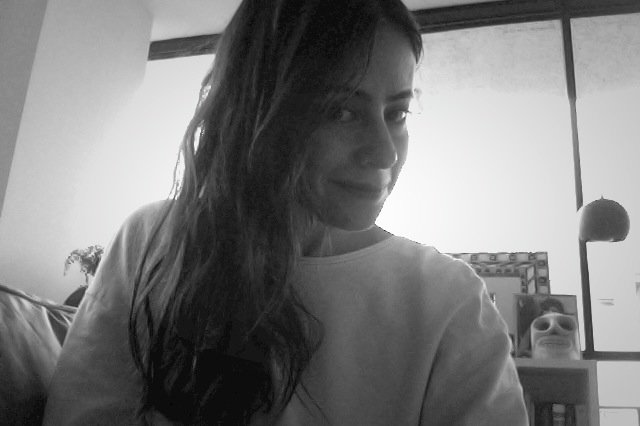Michele Fiedler

Is the museum in transition?
The thought of the inner structures of museums transforming or transitioning from one form to another is arousing, and so is to be able to openly discuss with peers the limits, power issues, and many contradictions between the ideologies represented in programs and the ways of operating internally. This year’s CIMAM was, in some instances, a place and time where this could happen. Perhaps ignited by problems brought up during the conferences, loaded conversations among smaller groups and sharp one-line jokes in a hall, a sidewalk, a bus (or in a park while sipping hot blueberry soup), problematized to more depth the operations of the different kinds of institutions in which we work.
Because not all of the delegates in the conference work at THE museum, discussions emerged and comparisons were drawn between the different forms in which we operate and how our distinct cultural contexts affect the institutions we care for. A public institution in Mexico has issues that are not the same as the ones of a space in the Philippines, Cuba, Sweden, Iran, Argentina, Venezuela, Switzerland, England, Peru, Tajikistan, Poland, or the United States. Though coincidences emerged, it remained (and remains) clear that there is no universal museum just as there is no universal experience.
Important concepts that could be grasped and tackled within different contexts or that sparked my mind, were put on the table by some of the speakers. Katya García-Antón spoke about decolonization of the Norwegian art scene, and the complex process of making a new Sami museum. At some point in the lecture, she quoted Audre Lorde: “For the master’s tools will never dismantle the master’s house.” To me, an aphorism of incredible lucidity consistent with the rest of her presentation, which questioned if this new institution needs to be a museum within walls at all. Just after, Loulou Cherinet said, academically, to “know the question that you don’t know the answer to,” opening up to a panel that discussed among other things, inclusion.
Before the end, for the love of words with no conclusions and scattered thoughts, I need to add two fragments from my memory and notes that maybe someone else will enjoy as I did:
- Ho Tzu Nyen talking about his film One of Several Tigers, showing this image: an 1865 print by Hienrich Leutemann depicting a tiger attacking a machine (used by a colonizer and workers conducting a road survey in Singapore in 1835) used for measuring the landscape, which was being streamlined and rationalized with the ulterior motive of planting pepper and other crops.
- That same day, during the panel someone asked how can we recreate the migrant experience in the museum, the answer by Lars Bang Larsen was “you can’t have the migrant experience, you don’t have the migrant experience, the closest way may be to read a book, or many books.”
I value these notes.
I don’t know what museums will be in the future, but I constantly think about what I can do where I’m at. Perhaps the concept of The Museum in Transition comes from a concern with movements like “abuse of power comes as no surprise,” me too, and general outspokenness in social media and other information platforms, or from a preoccupation with relevance and audience engagement in present times. To acknowledge that there could be, and even should be transition is a good sign, even if it is far from resolution.